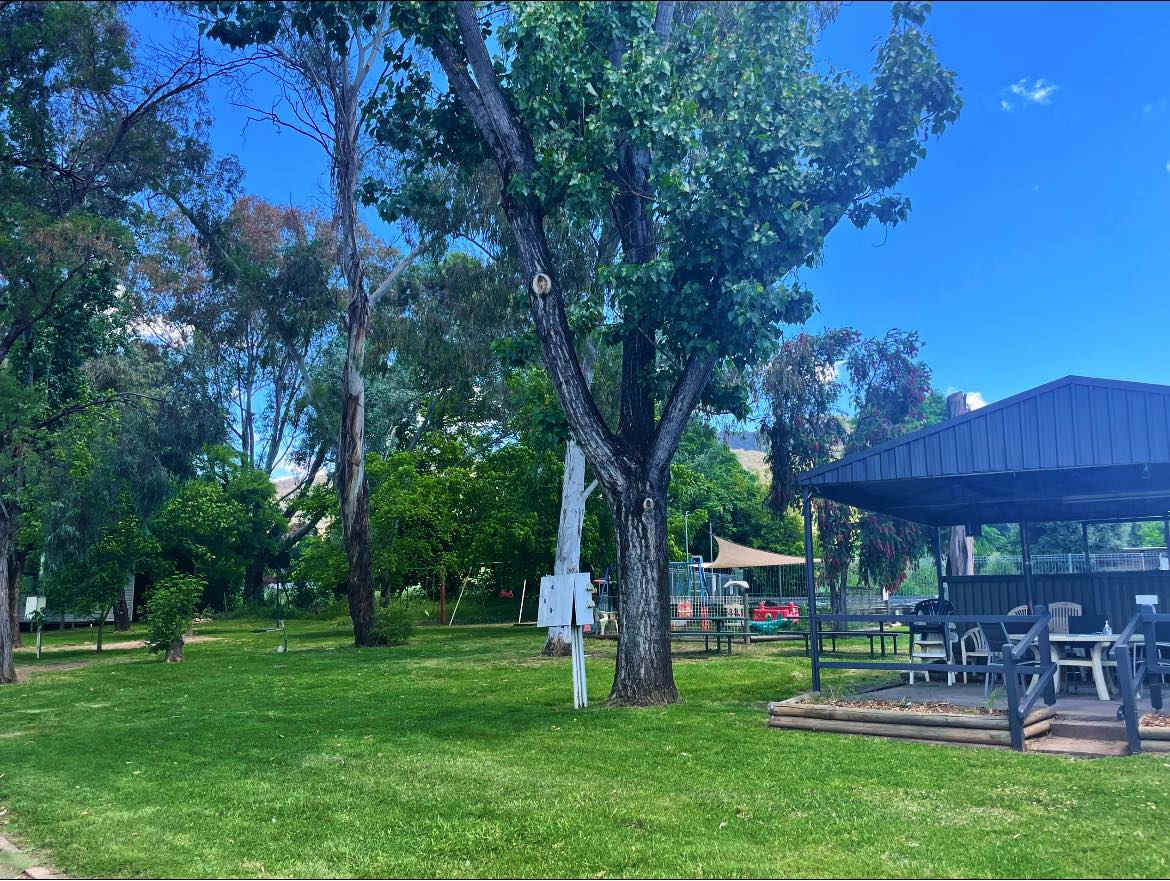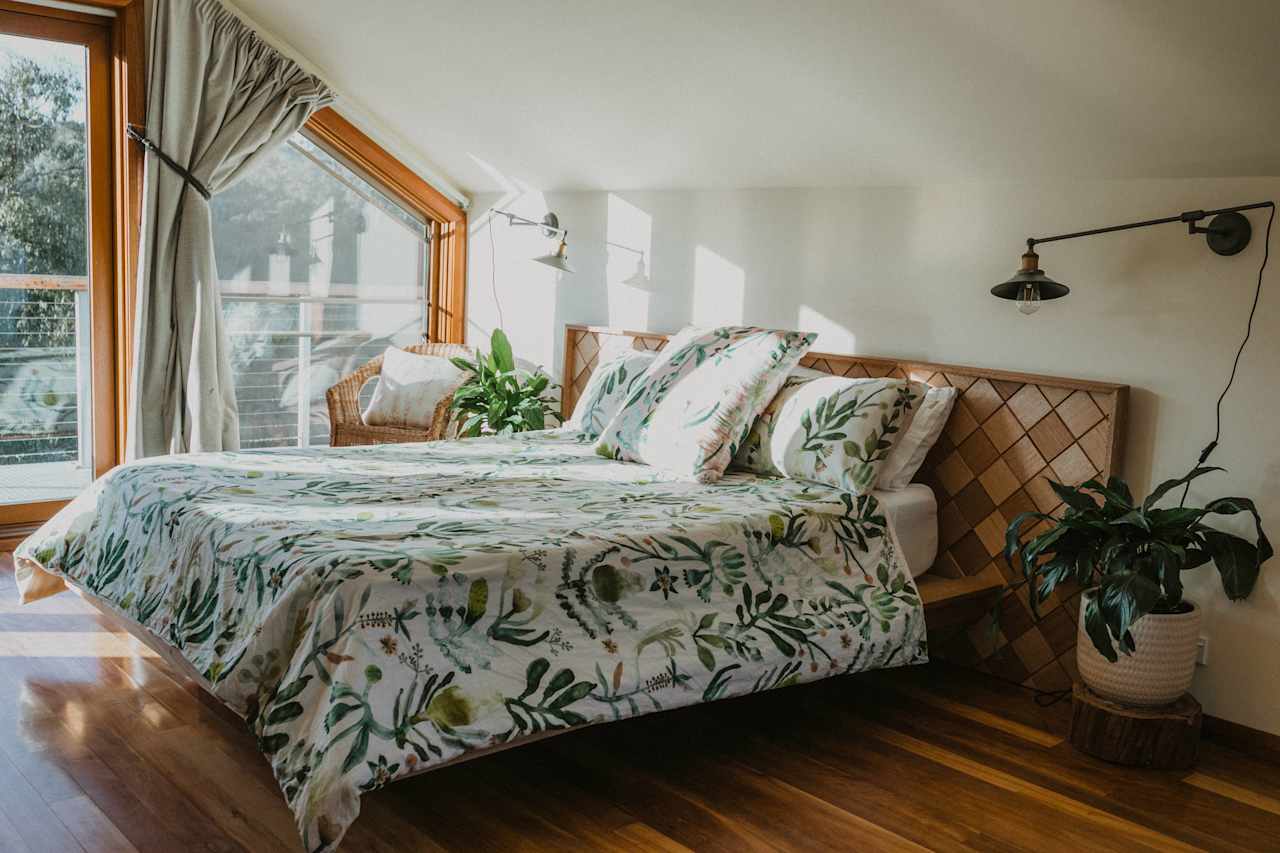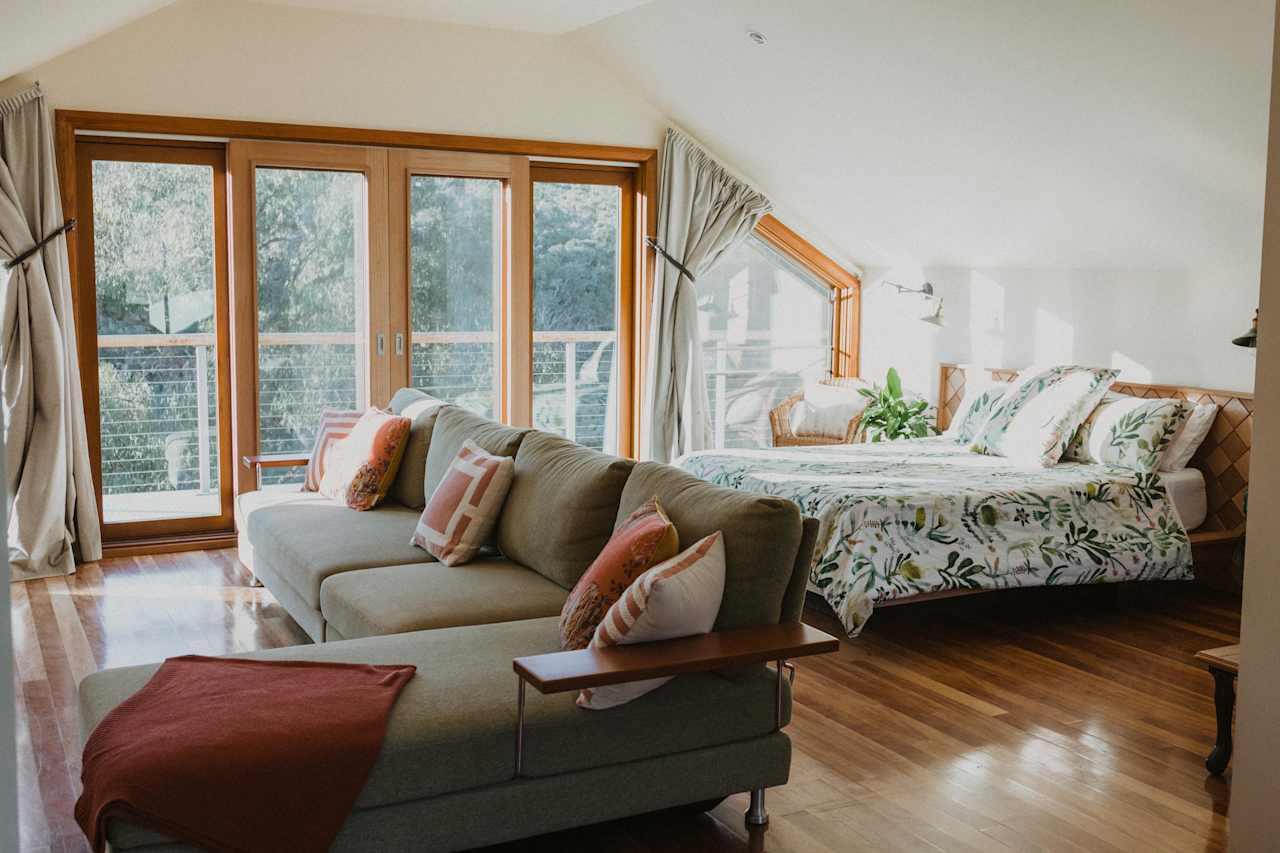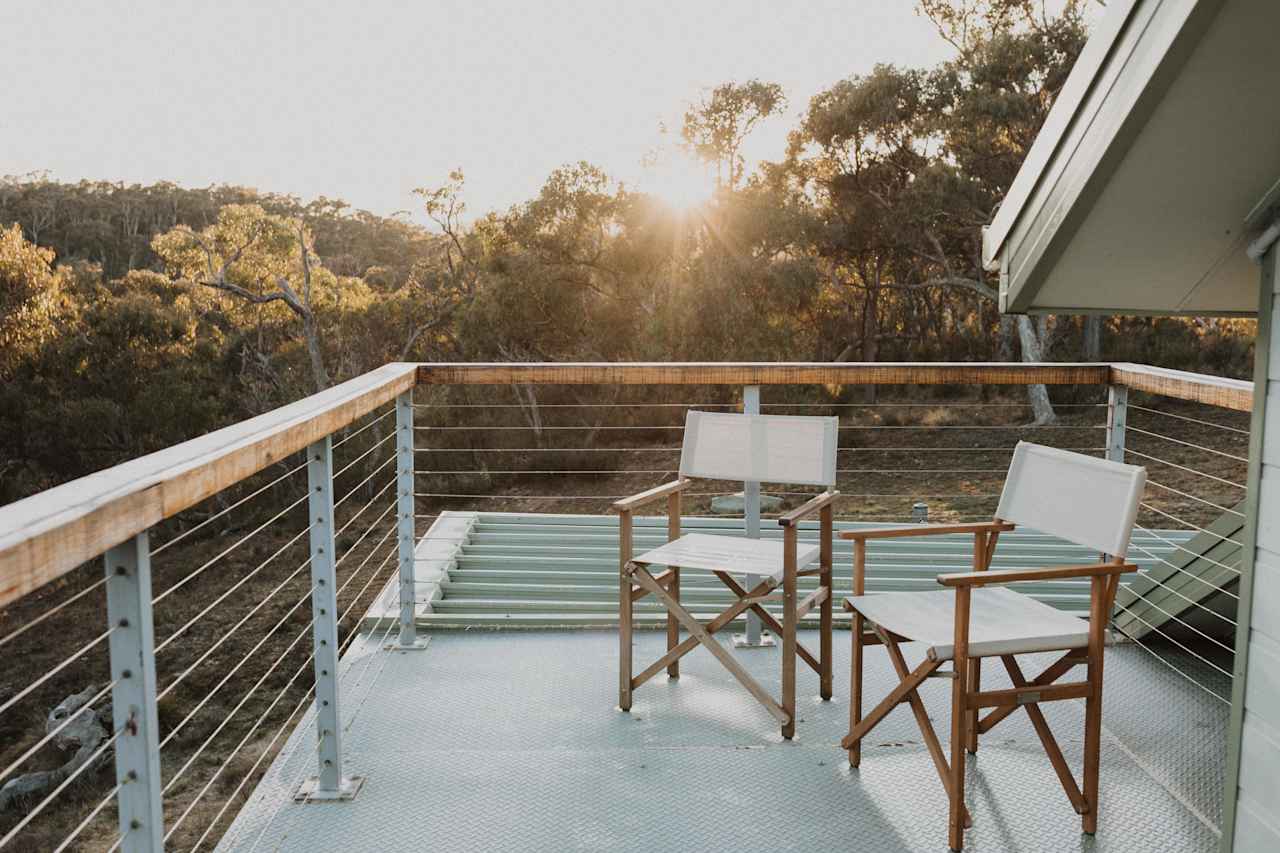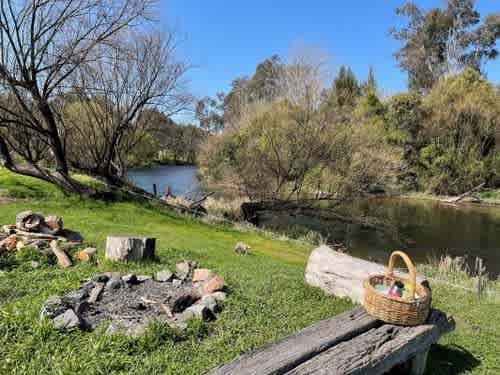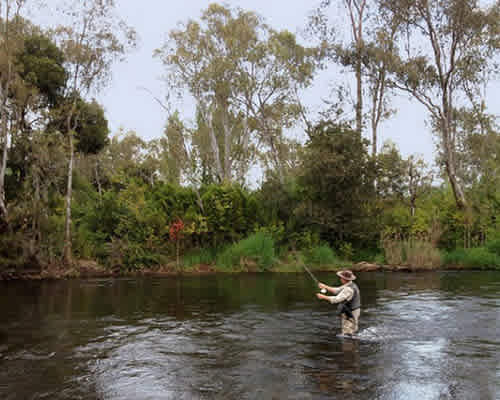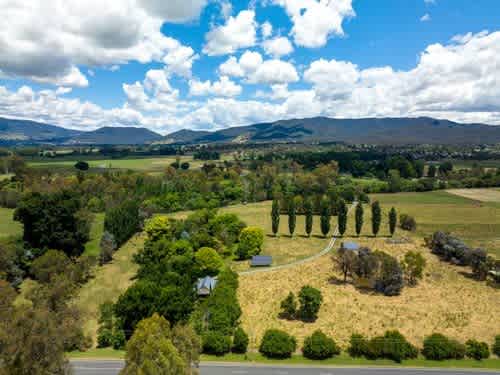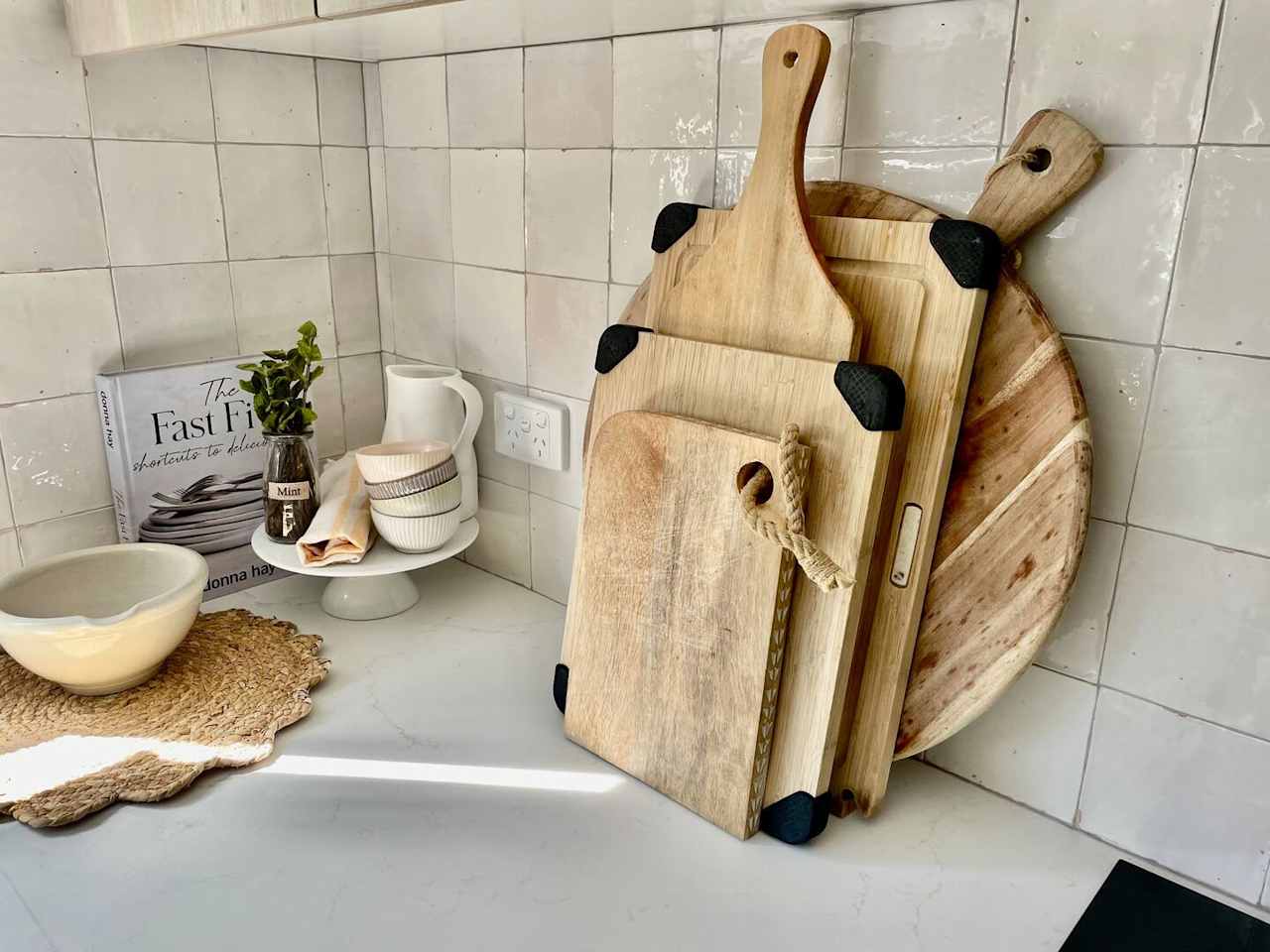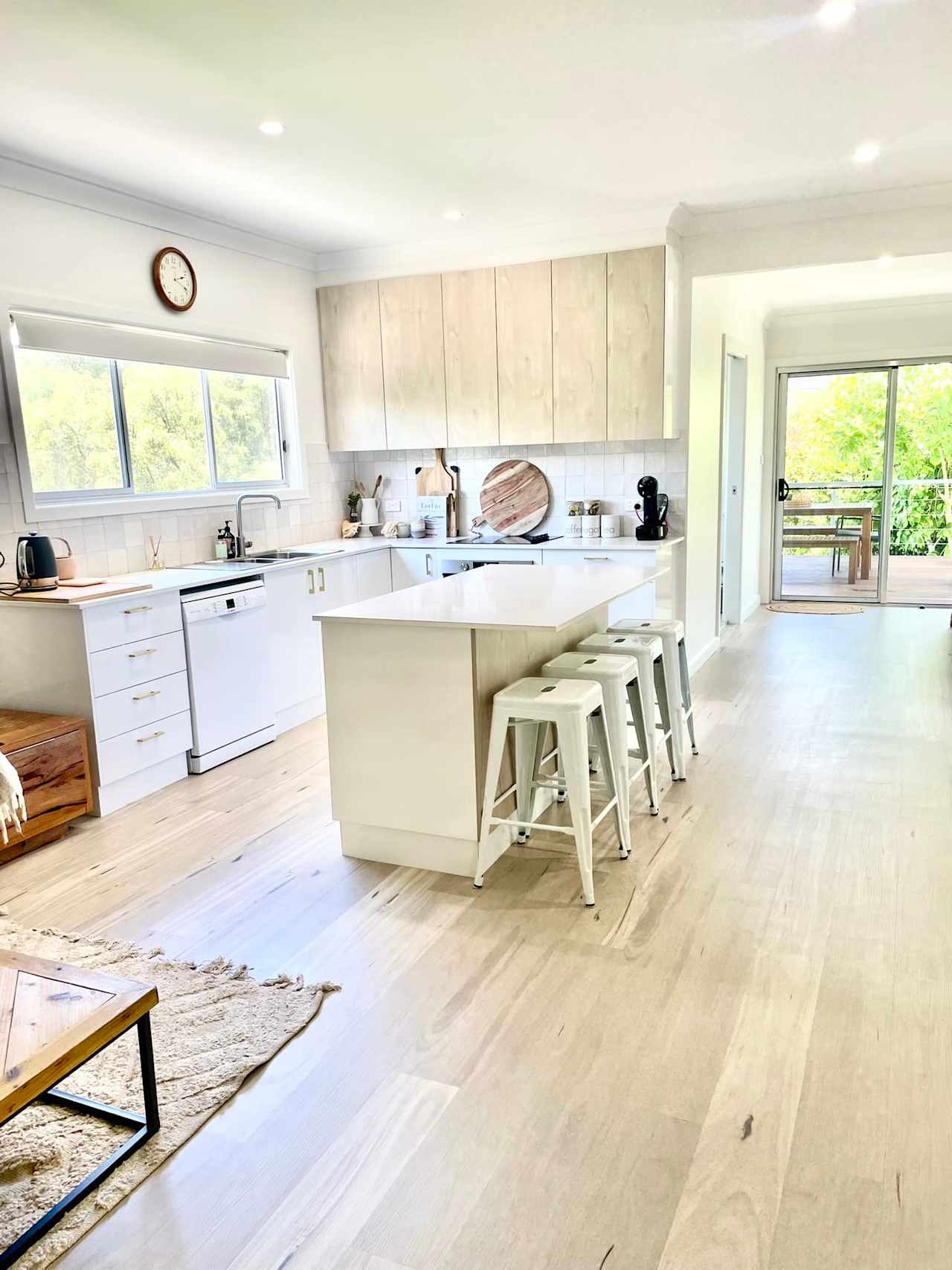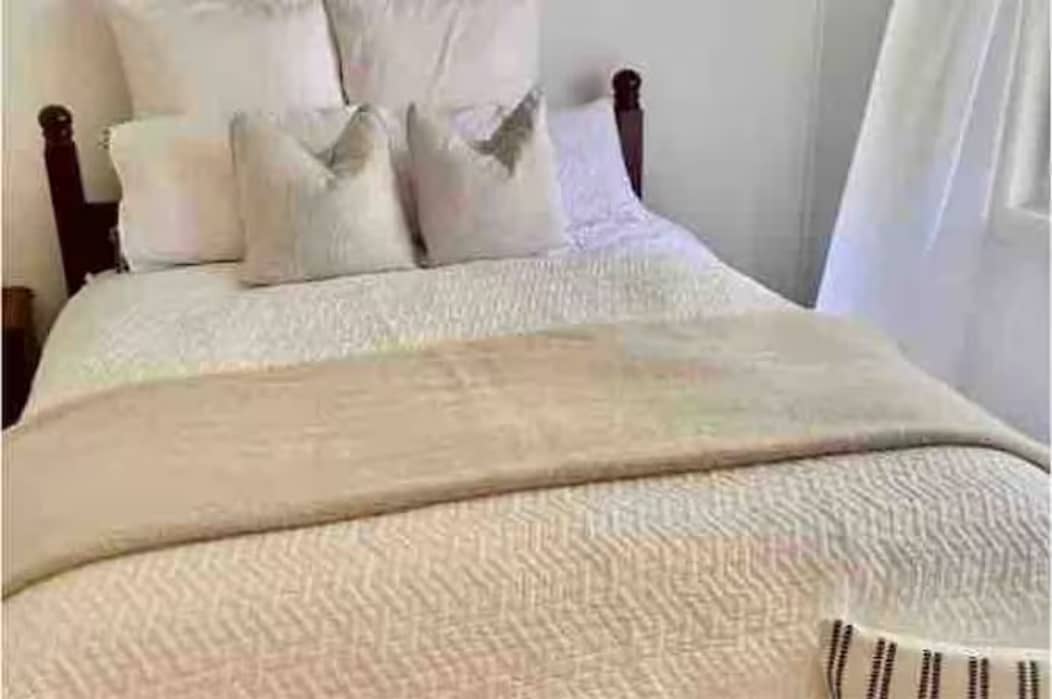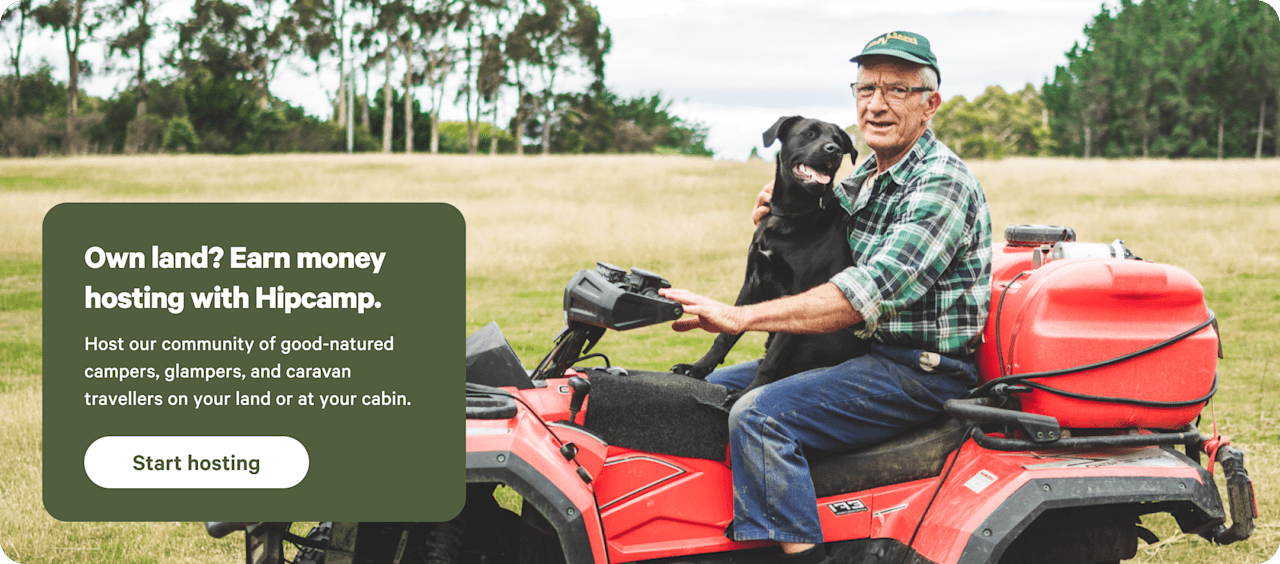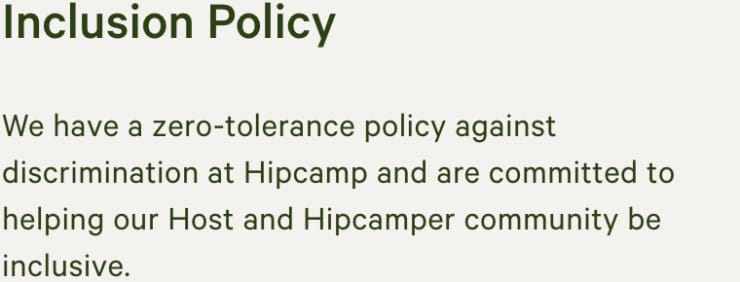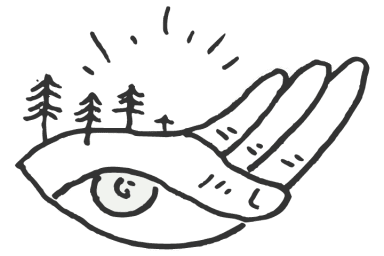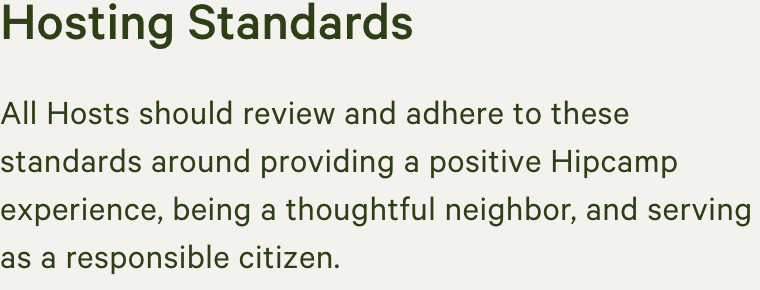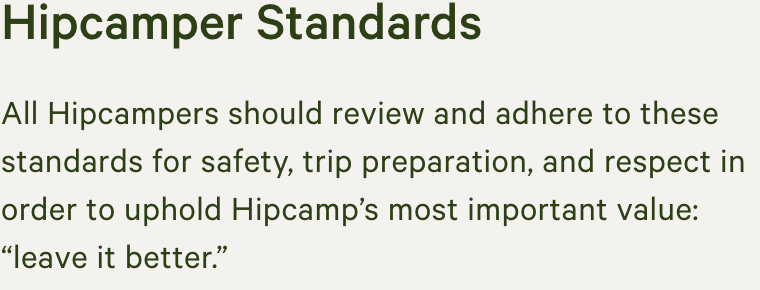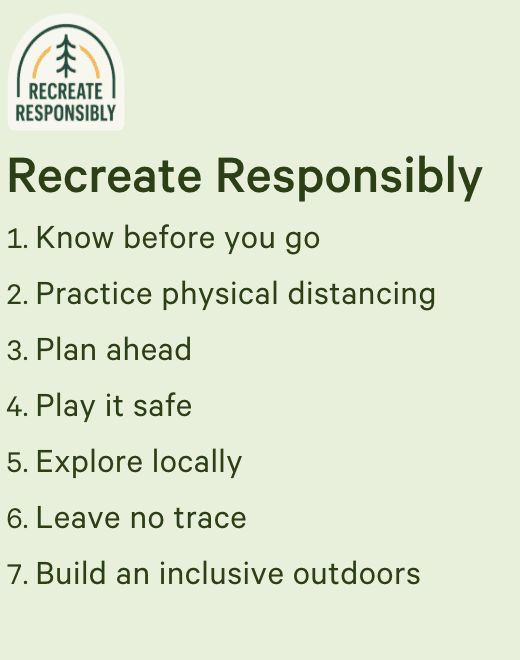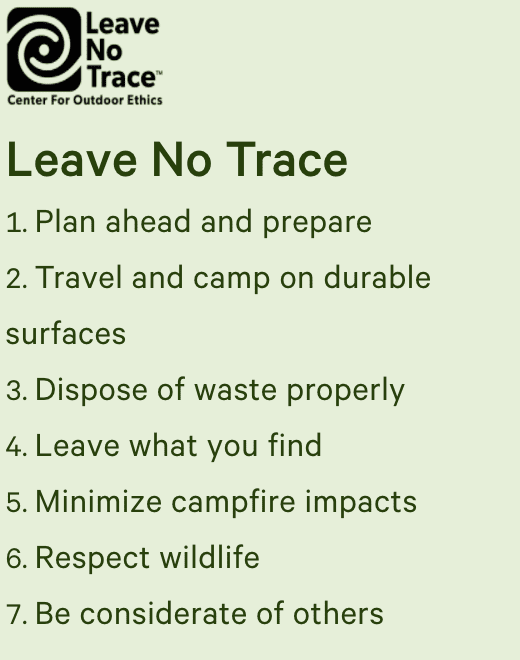Luxury glamping near Wee Jasper
Surrounded by bushland trails and riverside reserves, Wee Jasper is camping nirvana.
- Wee Jasper
4 top glamping sites near Wee Jasper
Tumut Valley Holiday Park
The Lodge at Tinneburra
Ribbonwood Cottages
Clancy's Cottage - Talbingo
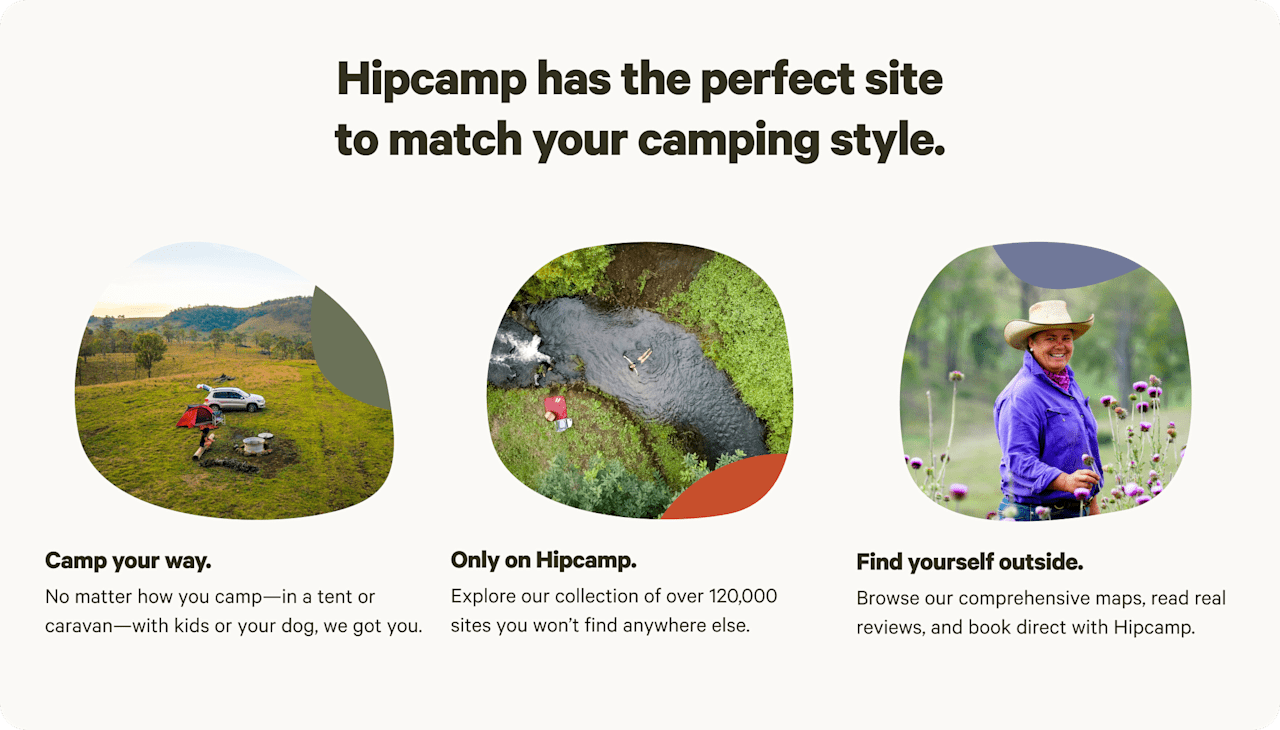

Luxury glamping near Wee Jasper guide
Overview
Hemmed in by bush-clad peaks and alpine rivers, the small village of Wee Jasper is the gateway to five camping reserves. Get back to nature as you camp along the Goodradigbee River in the Billy Grace Reserve, or enjoy kayaking and fishing in the Swinging Bridge Reserve. Hikers might prefer the Fitzpatrick Trackhead Reserve, along the popular Hume and Hovell walking track, or Micalong Creek Reserve, which has direct access to bushwalks and a natural swimming hole. Further north, Carey’s Reserve has the region’s star attraction, Carey’s Cave, as well as scenic picnic spots around Lake Burrinjuck.
Where to go
Brindabella Ranges
South of Wee Jasper Valley, the Brindabella Ranges roll over the border of New South Wales and the Australian Capital Territory. The mountainous terrain of the Brindabella National Park provides plenty of opportunities for outdoor adventures. Explore off-road on a network of 4WD trails, hike or mountain bike along mountain ridges, or camp out in the heart of the bush.
Australian Capital Territory
Beyond Brindabella National Park, the Australian Capital Territory has both historical monuments and verdant parklands. Dive into Australia’s history and heritage at Canberra’s many museums, enjoy boat cruises or kayaking around Lake Burley Griffin, or explore miles of bushwalking and cycling trails right on the city’s doorstep. For overnight stays, there are plenty of camping areas in and around the capital too.
Canberra Wine Country
Rolling green hills lie to the east of Wee Jasper, where the cool-climate vineyards produce some of Australia’s finest Shiraz, Riesling, and Chardonnay wines. Murrumbateman, Gundaroo, and Yass are the main stops on a wine-tasting itinerary. Visit boutique wineries and cellar doors, sample local foods from artisan producers, then pitch your tent amid the vines.
When to go
The best time for camping trips, bushwalking, and outdoor activities is from September through May, when it’s warm enough for swimming and trout fishing in the rivers. It’s busiest in summer (December through February), so book campsites and activities in advance. Mild temperatures mean that camping is possible year-round, and the reserves stay open through winter.
Know before you go
- You will need your own transport to reach the Wee Jasper Reserves; there is no public transport. Campsites are all located along sealed roads, but other attractions in the region may require a 4WD.
- Camping in the Wee Jasper Reserves must be booked in advance.
- Campsites in the Wee Jasper Reserves have restrooms, showers, picnic tables, and barbecues, but there are no powered sites, and cell phone and 4G reception is also limited. The Billy Grace Reserve is the main center for campers with potable water, an RV dump point, a rubbish compound, and a small shop selling essentials.
- There is no gas station in Wee Jasper—the closest is in Yass, about a 1-hour drive away. This is also the place to stock up on camping supplies and groceries.


